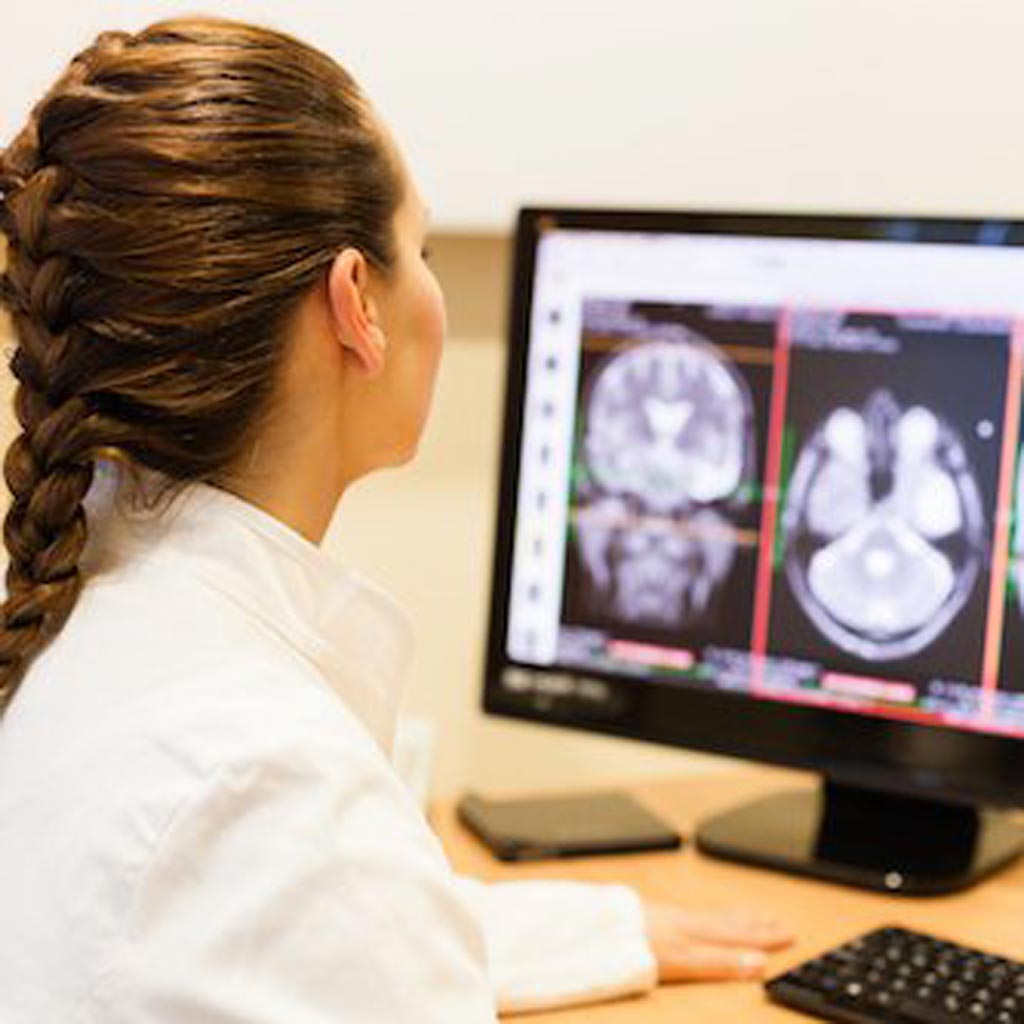Machine Learning Helps Improve Mammography Workflow Efficiency
By MedImaging International staff writers
Posted on 22 Jun 2019
A team of researchers from the University of California Los Angeles (California, LA, USA) has demonstrated that machine learning can reduce the number of mammograms a radiologist needs to read by using a machine learning classifier to correctly identify normal mammograms and select the uncertain and abnormal examinations for radiological interpretation.Posted on 22 Jun 2019
The researchers created an autonomous radiologist assistant (AURA), which was a modified version of a previous clinical decision support system, The aim was to determine if AURA could diagnose mammograms as negative while maintaining diagnostic accuracy and noting which scans would a radiologist would still require to read.

Image: New research shows machine learning can reduce the number of mammograms a radiologist needs to read (Photo courtesy of HealthManagement.org).
For the study, a research data set from over 7,000 women who were recalled for assessment at six UK National Health Service Breast Screening Program centers was used. The researchers used a convolutional neural network in conjunction with multi-task learning to extract imaging features from mammograms that mimic the radiological assessment provided by a radiologist, the patient’s non-imaging features, and pathology outcomes. The researchers then used a deep neural network to concatenate and fuse multiple mammogram views to predict both a diagnosis and a recommendation of whether or not additional radiological assessment was needed.
The study used a ten-fold cross-validation on 2,000 randomly selected patients from the data set, while using the remainder of the data set for convolutional neural network training. AURA maintained an acceptable negative predictive value of 0.99 while identifying 34% (95% confidence interval, 25%-43%) and 91% (95% confidence interval: 88%-94%) of the negative mammograms for test sets with a cancer prevalence of 15% and 1%, respectively.
The researchers concluded that machine learning can be leveraged to successfully reduce the number of normal mammograms that radiologists need to read without degrading diagnostic accuracy.
Related Links:
University of California Los Angeles













